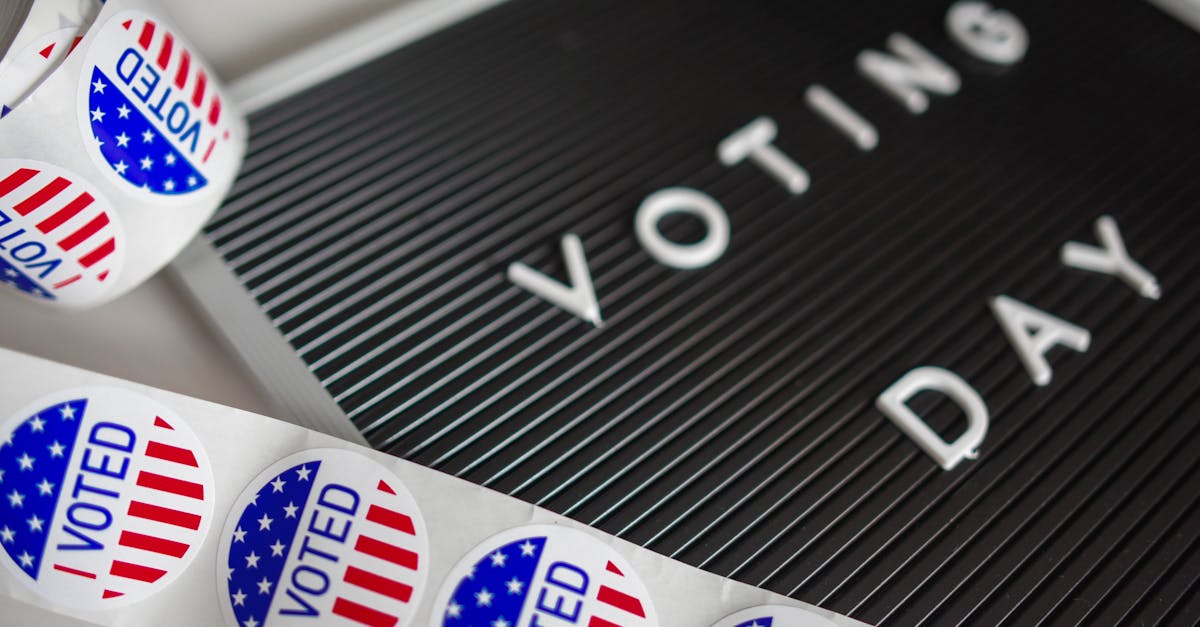Pennsylvania is a pivotal state in the United States electoral process, playing a crucial role in presidential elections. With its rich political history and diverse population, understanding how many electoral votes Pennsylvania has is essential for grasping its influence in national elections. This article will delve into the number of electoral votes Pennsylvania holds, along with other fascinating facts about its political landscape.
| Year | Electoral Votes |
|---|---|
| 2020 | 20 |
| 2016 | 20 |
| 2012 | 20 |
| 2008 | 21 |
| 2004 | 21 |
| 2000 | 23 |
Understanding Pennsylvania’s Electoral Votes
Pennsylvania has a total of 20 electoral votes, which it has maintained since the 2012 presidential election. This number reflects the state’s population and representation in Congress, as each state receives a number of electoral votes equal to its total number of Senators and Representatives. With its significant electoral vote count, Pennsylvania is often seen as a battleground state, crucial for candidates aiming to secure the presidency.

Historical Changes in Electoral Votes
Over the years, Pennsylvania’s electoral votes have fluctuated due to changes in population and congressional representation. For instance, the state had 23 electoral votes in the year 2000 but saw a reduction to 21 in 2004. This decline continued until 2012, when it stabilized at 20 electoral votes. Understanding this historical context provides insight into how demographic shifts can influence political power in the state.

The Role of Pennsylvania in Presidential Elections
Pennsylvania’s electoral votes are critical in presidential elections. The state has a diverse population that includes urban areas like Philadelphia and Pittsburgh, as well as rural regions. This mix often leads to varying political preferences, making Pennsylvania a key target for presidential candidates. Winning Pennsylvania can be the difference between victory and defeat in an election, underscoring its importance on the national stage.

Impact of Electoral Votes on State Politics
The number of electoral votes a state possesses can significantly impact its political landscape. In Pennsylvania, the allocation of electoral votes influences campaign strategies, voter outreach efforts, and party organization. Candidates often invest substantial resources in the state, recognizing that winning its electoral votes can be pivotal in securing a majority in the Electoral College.

Voter Demographics in Pennsylvania
Understanding the demographics of Pennsylvania’s electorate is vital for grasping how the state votes. The state has a diverse population, with varying economic backgrounds, educational levels, and ethnicities. These factors contribute to the state’s complex political dynamics, influencing how different groups may align with various political parties and candidates.

Recent Trends in Pennsylvania Elections
In recent elections, Pennsylvania has exhibited notable trends that reflect broader national shifts. The state has leaned towards Democratic candidates in the last few elections, particularly in urban areas. However, rural regions have shown strong support for Republican candidates. This divide highlights the importance of appealing to a broad spectrum of voters to win electoral votes in Pennsylvania.

Future Projections for Electoral Votes
Looking ahead, projections for Pennsylvania’s electoral votes will largely depend on population trends and congressional reapportionment. As the state navigates demographic changes, it is essential to monitor how these shifts may impact its electoral vote count in future elections. Analysts predict that Pennsylvania will remain a key battleground, with its electoral votes continuing to hold significant weight in presidential contests.

FAQ
How many electoral votes does Pennsylvania currently have?
The state of Pennsylvania currently has 20 electoral votes, which it has maintained since the 2012 presidential election.
Why is Pennsylvania considered a battleground state?
Pennsylvania is considered a battleground state due to its diverse population and mixed political preferences, making it crucial for candidates aiming to secure the presidency.
Have Pennsylvania’s electoral votes changed over time?
Yes, Pennsylvania’s electoral votes have changed over time due to shifts in population and congressional representation, decreasing from 23 in 2000 to 20 since 2012.
What demographic factors influence voting in Pennsylvania?
Demographic factors such as economic background, education level, and urban versus rural residence significantly influence voting patterns in Pennsylvania.
How do electoral votes impact political campaigns in Pennsylvania?
Electoral votes impact political campaigns by determining how candidates allocate resources and tailor their outreach efforts to appeal to Pennsylvania voters.
References:
– [National Archives – Electoral College](https://www.archives.gov/electoral-college)
– [U.S. Census Bureau – Population Estimates](https://www.census.gov)
– [Ballotpedia – Pennsylvania Elections](https://ballotpedia.org/Pennsylvania)
